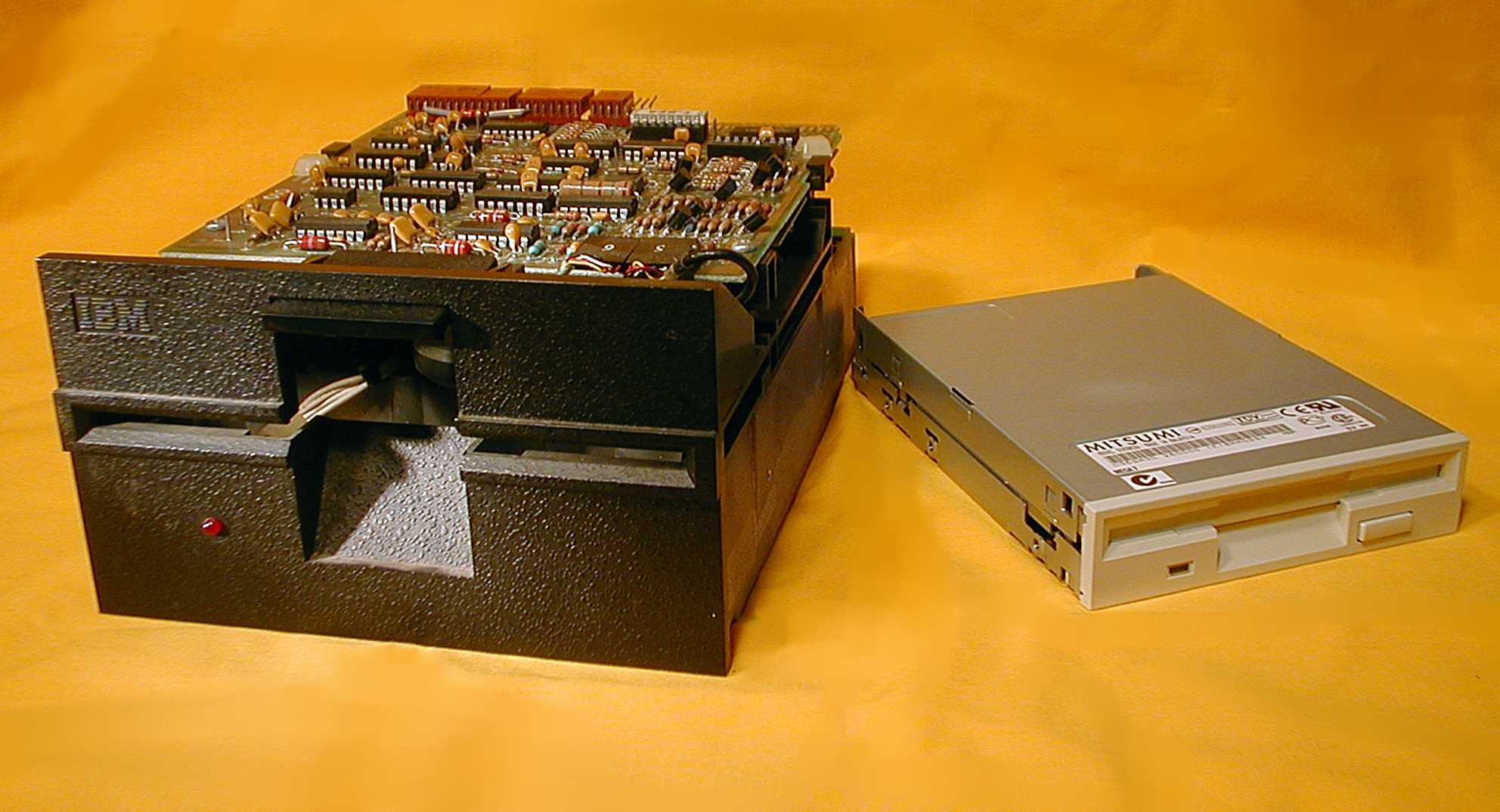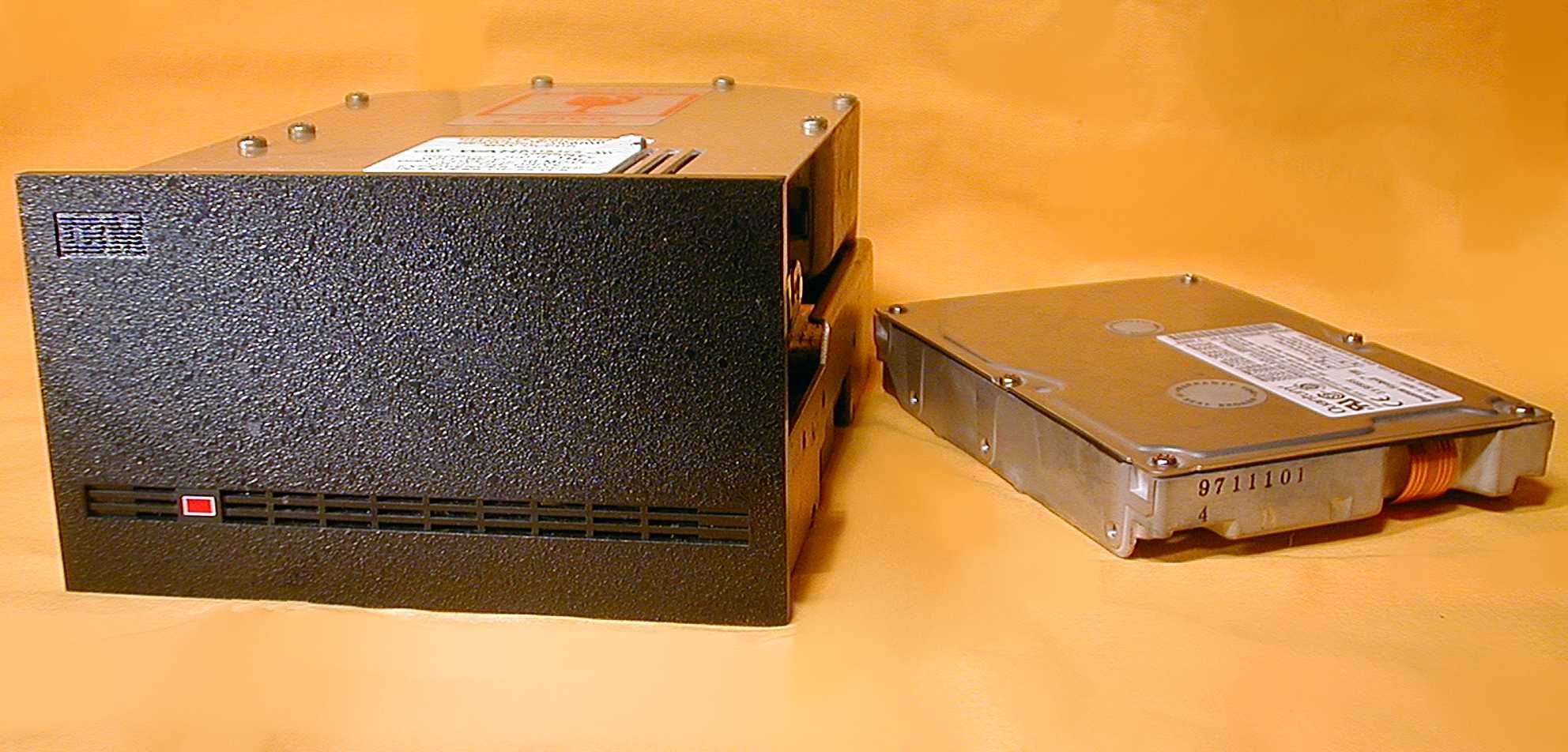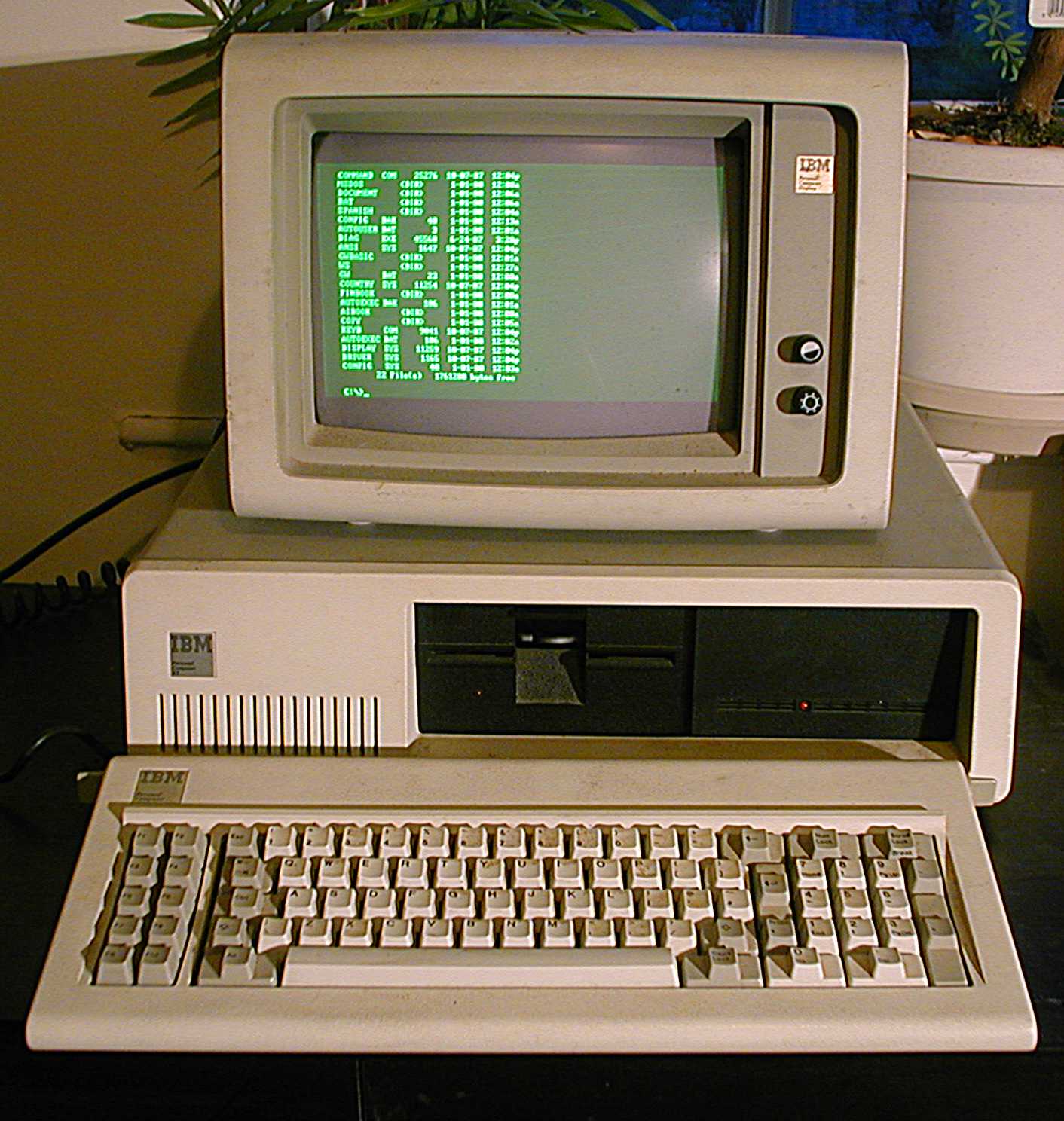| 40 Years Of The PC - We Recover An Original IBM PC |
| Written by Harry Fairhead | |||||||
Page 3 of 3
Timeline1980 IBM forms Project Chess, while the code name for the new computer was "Acorn", and holds secret talkswith Microsoft about providing an operating system 1981 The IBM PC and PC-DOS 1.0 was launched in August. This sets the standard for both hardware and software architecture for the next 20 years. 1982 PC-DOS 2.5 and the 80286 processor are introduced. Compaq founded and Columbia Data produce first PC clone. 1983 IBM XT launched – more memory, 256KBytes and a 10MByte hard disk as standard. PC-DOS 2 released in March. The XT just extends the basic PC architecture and the Lotus/Intel/Microsoft get together to implement the LIM standard to extend memory beyond 1Mbyte. 1984 The PC AT introduced based on a 6MHz 286, 20MByte hard disk and PC-DOS 3.0. The new Mac makes a bigger splash. PC-DOS 3.0 introduced with 3.1 soon after. Phillips shows first CDs. 1985 The 80386 is launched and Microsoft and IBM start work on OS/2. Windows 1.0 is now available after a long wait. 1986 PC-DOS 3.2 released in April and Compaq introduces the first 386-based PC. 1987 Windows 2.0 and the ill-fated IBM PS/2 are available. The PS/2 is supposed to be a complete replacement for the PC architecture. IBM also sends clone manufacturers a letter demanding royalties and introduces VGA graphics. 1988 Creative Labs builds the first SoundBlaster card and PC-DOS 4 and then 4.01 released in November. 1989 The 80486 processor is launched and IBM announces that the future of the PC is in it new operating system OS/2. 1990 Windows 3.0 revolutionises the way we use the PC and kills off OS/2. 1991 The World Wide Web is invented but not widely accessible and Microsoft renames its OS/2 project Windows NT. MS-DOS 5 launched. 1992 Windows 3.1 sells more than 1 million copies in the first two months. 1993 Windows NT on sale at last and MS-DOS 6 is launched along with Windows for WorkGroups 3.11and the first Pentium – the Web now has 50 servers. 1994 The beta for Windows 95 is released and a serious bug is found in Pentium’s numeric coprocessor. IBM scrap PS/2 alternative to the PC architecture and go back to the classic design. 1995 Windows 95 goes on sale and sells 1 million within 4 days. Intel tells the world about the new ATX form factor for the PC. 1996 Windows CE attempt to take the PC architecture onto portable devices. 1997 DVD discs go on sale, Intel launch the Pentium II running at 233Mhz and Microsoft promises Windows 98. 1998 Windows 98 available, Apple launch the iMac and Compaq buys Digital equipment Corp. 1999 Pentium III running at 500Mhz released. 2000 Windows 2000 launched and Windows 95 finally phased out. 2001 Windows XP finally unifies Microsoft’s operating systems into a single code base. After this things become less IBM-oriented and more a case of what hardware runs Windows. It’s a PC world?IBM didn’t really believe in its PC any more than it believed in its first computer they built - perhaps no more than half a dozen worldwide was the estimated market! For the PC IBM thought they might manage to sell 241,683 PCs from 1981 to 1986. Instead, it sold about that many in the first full year and 3 million during the first five years. The IBM PC was named “Man of the year” in 1982 by Time magazine – and yes it did appear on the cover.
Perhaps the saddest thing of all is that on the motherboard of the original PC is a printed notice “No Copying Permitted”. Good job no one took it seriously! The notice that was ignored.
Dave Bradley, one of the hardware engineers on the PC project, included the Ctrl-Alt-Del key press that we all now know restarts a machine as a hidden code for programmers. A magazine published the details and now we all know the three-finger salute!
The man who invented Ctrl-Alt-Del. The PC was originally built without a colour display because IBM decided that no serious application needed it. Although the practical upper limit of the PC’s memory, 640KBytes, might look small you have to remember that at the time it was replacing systems that had 64KBytes as a maximum and so looked like a lot of memory. Microsoft didn’t actually write MS-DOS – it bought it from Seattle Computer Products. 86-DOS was designed loosely based on CP/M by Tim Patterson as a way of demonstrating the company’s hardware.
An original IBM 5.25 v a 3.5 inch floppy drive (360KBytes v 1.2Mbytes)
The original IBM hard drive v a more modern device
Inside the old PC – notice the internal speaker and the huge full size disk drives. Cards and cables in – notice the size of the expansion cards!
The working machine – the green glow can be seen for miles! Now the only question that remains is - after rescuing the machine what to do with it? An artwork perhaps? Related ArticlesPC-1512 and the Fall of Amstrad To Be A Programmer In A Post-PC Era To be informed about new articles on I Programmer, sign up for our weekly newsletter, subscribe to the RSS feed and follow us on Twitter, Facebook or Linkedin.
Comments
or email your comment to: comments@i-programmer.info
|
|||||||
| Last Updated ( Monday, 16 August 2021 ) |









